Abit VT7 Pentium 4 Motherboard Review
Abit VT7 Pentium 4 Motherboard
Abit sent us the first production motherboard based on the VIA PT880 chipset and it's great. At last, there's some solid competition in the P4 motherboard chipset arena.
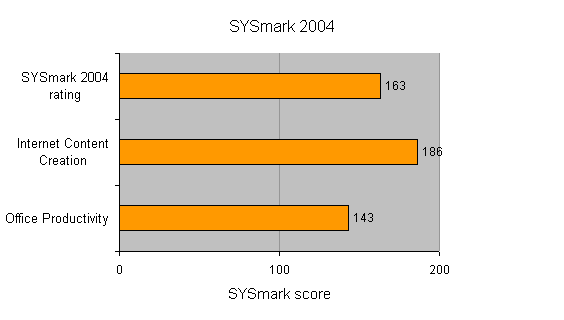
Verdict
Key Specifications
- Review Price: £45.00
The Abit VT7 is the first motherboard based on the VIA PT880 chipset to arrive at TrustedReviews. We had a look at the reference board from VIA back in February and it performed admirably, but now it’s time to see how the first production boards measure up. The VT7 is fairly basic compared to many of Abit’s other motherboards, but at under £45 it’s understandable that you don’t get all the bells and whistles.
Lets start with a quick recap with regards to the chipset, as the PT880 is VIA’s first dual-channel DDR board for the Pentium 4 platform and it is also the first chipset from VIA that really can compete with Intel’s 865 range. The major difference between the PT880 and the Intel 865 range is that the PT880 features an asynchronous bus design that makes it possible to mix and match processors and memory of different speeds more easily. This might not be a breakthrough feature, but it can be handy if you are upgrading your PC and can’t afford to replace all the parts at once.
The most dominant feature of the VT7 is the heatsink on the northbridge – this hunk of metal is molded in the shape of the Abit logo. Although it does nothing to improve the cooling, it does add some aesthetic value, which is pretty impressive on such a cheap board. The board layout is clean, although there are a couple of things that could be improved upon. First, the ATX power connector is quite far down on the front of the motherboard, which means that you might have to drag the power cable across the memory modules depending on your case. The next issue is the placement of the floppy connector, which is below the bottom PCI slot, again not ideal.
But what Abit has done well is the angled IDE connectors, which in most instances makes for a much tidier case if you route the cables neatly. There are also three spare fan connectors, although this isn’t an unusual feature on Abit motherboards. Other features include native VIA S-ATA and 5.1-channel audio from Realtek as well as 10/100Mbit Ethernet. The back panel features optical S/PDIF in and out, dedicated 5.1-channel audio jacks and four USB 2.0 ports.
There is also a pair of internal USB 2.0 connectors that can be used for card readers or front mounted USB ports on your case, but Abit hasn’t supplied any brackets for these. There are only four jumpers on the motherboard, all with grips that makes them easy to change around. One minor improvement to the board would be colour coded front panel connectors, but there are labels on the motherboard indicating what goes where. Abit also supplies a sticker with instructions for the front panel connectors as well as what each jumper does.
There is not much to write home about in terms of accessories in the box as all you get is the standard IDE and FDD cable, a single S-ATA cable and an S-ATA power splitter. Not exactly the kind of bundle you would expect from Abit, but bearing in mind the low price I wasn’t that surprised. You don’t get much in terms of software either with just a driver CD including some Abit utilities such as the micro Guru software.
So how did the VT7 perform? To be honest you could do a lot worse if you’re looking for a cheap Pentium 4 motherboard as the VT7 performs on par with Intel 865PE boards in SYSmark 2004, which is a feat on its own. It shows that the production motherboards performs as well as the VIA sample board, which hasn’t always been the case in the past. The remaining benchmark numbers are equally good and there is no reason to choose an Intel chipset board over the PT880 chipset.
Abit has put together a very affordable motherboard with solid performance, and the VT7 deserves its Recommended award on these merits alone. If you want more features you’ll have to look elsewhere, but at £44.59 Abit’s first PT880 motherboard is a definite bargain.
”’Verdict”’
The VT7 is a rare gem in the budget motherboard segment, offering great performance as well as a low price. You don’t come across products like this every day.
(table:features)
The Abit VT7 was tested using a 3.0GHz Pentium 4 Northwood, 512MB Corsair XMS PC3200LL memory, a Seagate Barracuda ATA V hard drive and an AOpen FX5900XT graphics card.

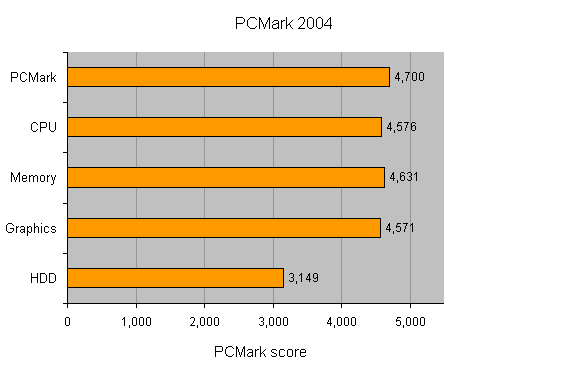
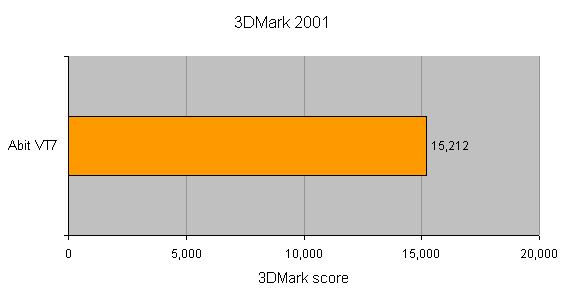
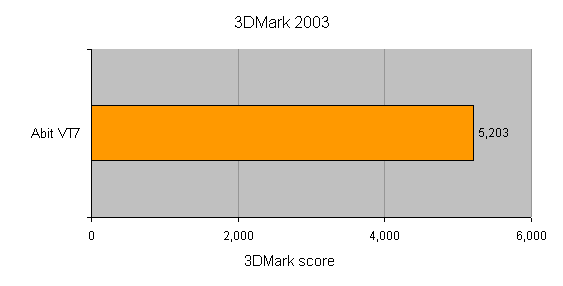
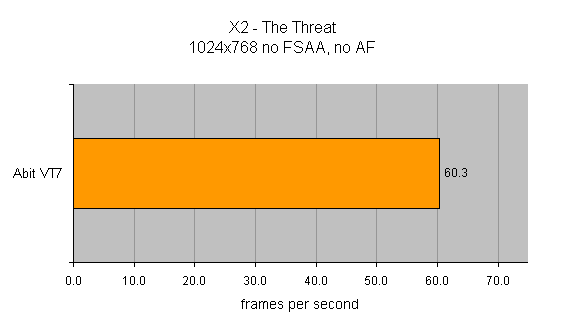
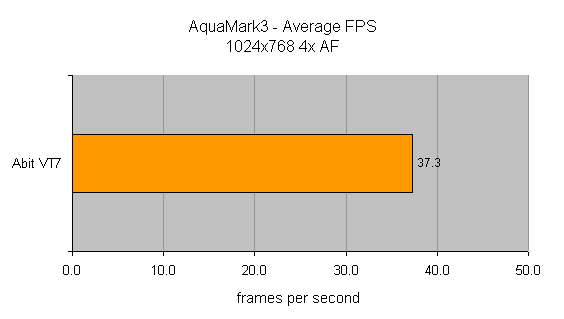
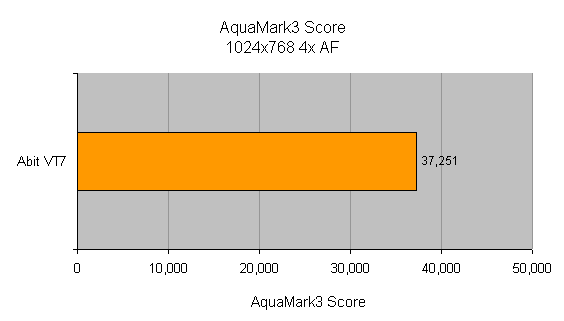
Trusted Score
Score in detail
-
Value 10
-
Performance 9

